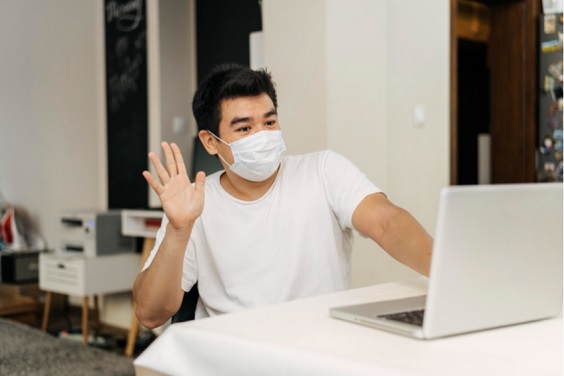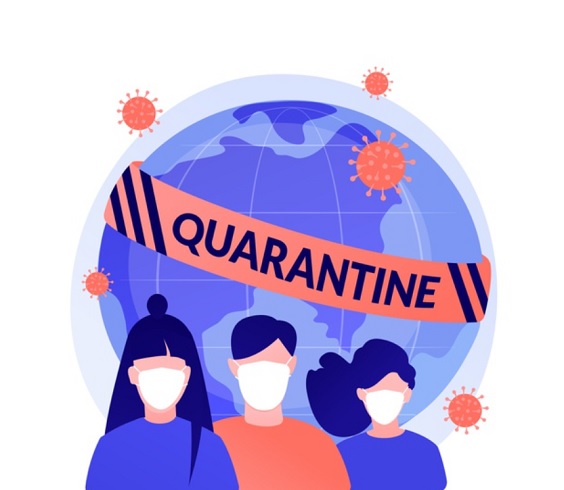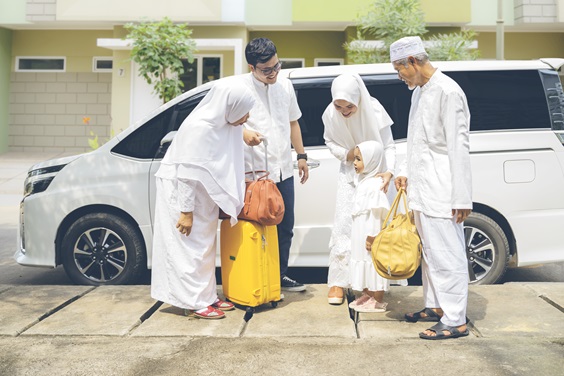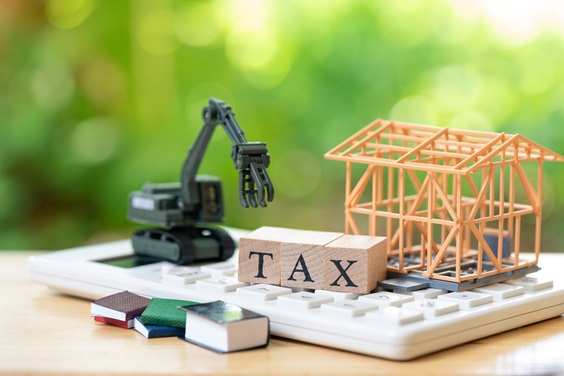DETAIL
When And How To Self Isolate

Got Confirmed Positive for Covid-19?
Learn how to handle self-isolation.
It is important to do…. to keep family members and the community safe.
Self-isolation helps prevent the spread of Covid-19. This means that one must stay home. Once someone is confirmed positive for Covid-19, follow your doctor’s recommendation to self-isolate. Follow all health and safety protocols and communicate regularly with your health facility during the self-isolation for at least 14 days until symptoms are resolved.
Self-isolation requirements:
• Age ≤ 60 years old
• Have no chronic disease (diabetes mellitus, pulmonary, hypertension, heart, kidney failure, autoimmune disorders).
• No smoking.
• As recommended by the doctor.
How to implement self-isolation:
• Stay at Home.
• Use a separate bedroom and bathroom for the patient. Always keep physical distance from the rest of the household and wear a mask.
• Don't share personal equipment: use separate cutlery, separate bath and clothes, wash/ disinfect separately and wear gloves.
• Monitor body condition: check body temperature and oxygen saturation periodically. Monitor symptoms (cough, shortness of breath or loss of smell)
• Contact the medical facility nearest your location if the symptoms worsen.
Things you can do during a self-isolation:
• Implement 3M: wearing a mask, washing hand, keep distance.
• Take medication according to a doctor’s prescription.
• Sunbathing.
• Drink 1.5 to 2 liters of water/ day.
• Take nutrient meals, eat vegetables and fruit, consume Vitamins C, B, E and Zinc.
• Sleep well.
• Change bed sheet periodically and wash separately.
• Doing your hobby in self-isolation room.
• Communicate with family online or by wearing a mask and keep your distance.
• Disinfection of room and areas that are often touched.
• Open the bedroom window.
• Pay attention to air circulation, ventilation and lighting in the room.
• Light Exercise
Things you cannot do during a self-isolation:
• Eat together at the same table.
• Gather without wearing a mask and ignore the distance.
• Sharing personal equipment/ gadgets.
• Going out from self-isolation room/ house, except for urgent condition or when needed to go to the health facility for doctor’s monitoring of symptoms.
Be aware if the following symptoms appears:
• High fever ≥ 39 ° C
• Bleeding cough
• Difficult to breath
• Chest pain / feeling pressed against the chest
• Oxygen saturation ≤ 95%
• Loss of smell
Things that family members have to do while taking care the patient with Covid-19 positive:
• Don't receive any guests - avoid direct contact with others than family members to prevent spreading of COVID-19. Stay within your household ‘bubble’.
• Limit those who must take care of the patient, choose a healthy family member to be the care giver and always keep distance and wear mask.
• Keep the area clean. Separate the trash for Covid-19 patients. Routinely clean the house area which is often touched by hands.
Next schedule for Covid-19 Swab:
• It’s unnecessary to do swab test again for the patients without clinical symptoms after the 10th day of self-isolation.
• After 10th day of self-isolation, patients with symptoms are obliged to do another swab test and 3 days after no more symptoms they have to do another swab test again (H10+3).
Learn how to handle self-isolation.
It is important to do…. to keep family members and the community safe.
Self-isolation helps prevent the spread of Covid-19. This means that one must stay home. Once someone is confirmed positive for Covid-19, follow your doctor’s recommendation to self-isolate. Follow all health and safety protocols and communicate regularly with your health facility during the self-isolation for at least 14 days until symptoms are resolved.
Self-isolation requirements:
• Age ≤ 60 years old
• Have no chronic disease (diabetes mellitus, pulmonary, hypertension, heart, kidney failure, autoimmune disorders).
• No smoking.
• As recommended by the doctor.
How to implement self-isolation:
• Stay at Home.
• Use a separate bedroom and bathroom for the patient. Always keep physical distance from the rest of the household and wear a mask.
• Don't share personal equipment: use separate cutlery, separate bath and clothes, wash/ disinfect separately and wear gloves.
• Monitor body condition: check body temperature and oxygen saturation periodically. Monitor symptoms (cough, shortness of breath or loss of smell)
• Contact the medical facility nearest your location if the symptoms worsen.
Things you can do during a self-isolation:
• Implement 3M: wearing a mask, washing hand, keep distance.
• Take medication according to a doctor’s prescription.
• Sunbathing.
• Drink 1.5 to 2 liters of water/ day.
• Take nutrient meals, eat vegetables and fruit, consume Vitamins C, B, E and Zinc.
• Sleep well.
• Change bed sheet periodically and wash separately.
• Doing your hobby in self-isolation room.
• Communicate with family online or by wearing a mask and keep your distance.
• Disinfection of room and areas that are often touched.
• Open the bedroom window.
• Pay attention to air circulation, ventilation and lighting in the room.
• Light Exercise
Things you cannot do during a self-isolation:
• Eat together at the same table.
• Gather without wearing a mask and ignore the distance.
• Sharing personal equipment/ gadgets.
• Going out from self-isolation room/ house, except for urgent condition or when needed to go to the health facility for doctor’s monitoring of symptoms.
Be aware if the following symptoms appears:
• High fever ≥ 39 ° C
• Bleeding cough
• Difficult to breath
• Chest pain / feeling pressed against the chest
• Oxygen saturation ≤ 95%
• Loss of smell
Things that family members have to do while taking care the patient with Covid-19 positive:
• Don't receive any guests - avoid direct contact with others than family members to prevent spreading of COVID-19. Stay within your household ‘bubble’.
• Limit those who must take care of the patient, choose a healthy family member to be the care giver and always keep distance and wear mask.
• Keep the area clean. Separate the trash for Covid-19 patients. Routinely clean the house area which is often touched by hands.
Next schedule for Covid-19 Swab:
• It’s unnecessary to do swab test again for the patients without clinical symptoms after the 10th day of self-isolation.
• After 10th day of self-isolation, patients with symptoms are obliged to do another swab test and 3 days after no more symptoms they have to do another swab test again (H10+3).

Pictures: Freepik.com
Source: Halodoc.com











